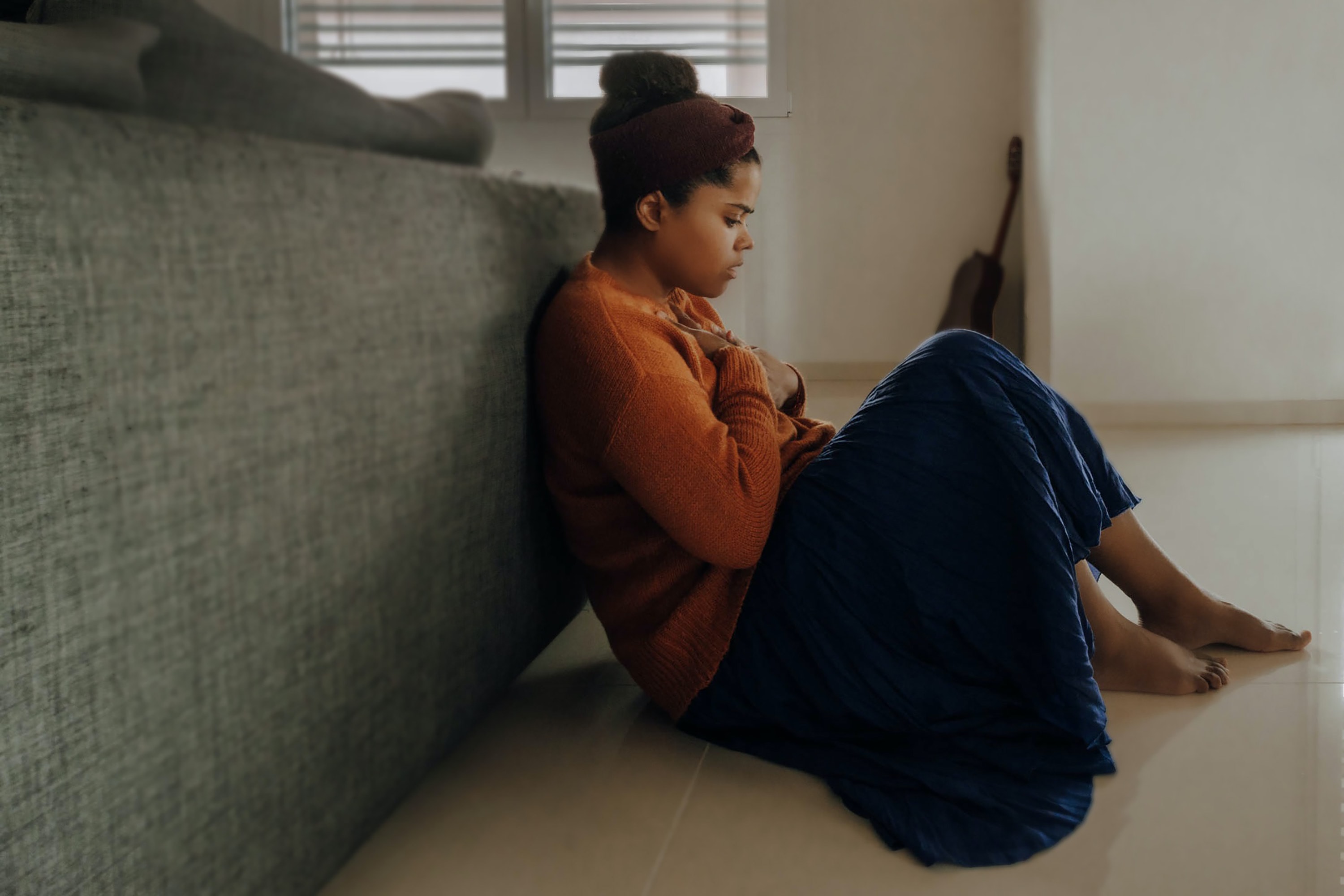Mental Health
Generalized Anxiety Disorder (GAD): What are its Symptoms, Causes, and Treatment?
By S.I. (staff writer) , published on November 04, 2022

Medicine Telehealth Health anxiety panic
What is Generalized Anxiety Disorder (GAD)?
Generalized anxiety disorder (GAD), also known as chronic anxiety neurosis is a condition characterized by uncontrollably worrying about daily occurring situations. GAD is not the same as usual anxiety. People with GAD are overwhelmed by the problems in their lives and the anxiety itself [1]. People suffering from GAD continuously worry about daily life things, finances, work, and their families even when there is nothing to be worried about.
GAD usually hits after 30 years of age. But it can also affect children and older people.
What are the Symptoms of Generalized Anxiety Disorder?
Symptoms of GAD can differ from person to person. Here are some common mental and physical symptoms of GAD [2]:
- Excessive worrying about tiny things
- Muscle aches
- Perceiving situations to be more difficult than they are
- Disturbed sleep
- Difficulty in letting go of a thought
- Irritability and restlessness
- Overthinking
- Numbness and tingling sensation
- Dry mouth
- Trouble in concentration
- Increased heart rate
- Feeling weak
- Gastrointestinal issues such as diarrhea
- Increased sweating
What are the Causes of Generalized Anxiety Disorder?
Environmental factors, genetic factors, and certain situations can act as risk factors for GAD. Following are some common causes and risk factors for GAD [3]:
- Family history of anxiety and other mental health disorders
- Prolonged exposure to certain stressful situations including financial problems, illness of a loved one, and personal reasons
- Excessive smoking and caffeine intake
- Childhood trauma and bullying
- Certain health problems such as arrhythmias and thyroid issues
What are the Treatment Options for Generalized Anxiety Disorder?
Generalized anxiety disorder can be treated by cognitive behavioral therapy and certain medications. Even some home remedies can also help relieve anxiety. Here are some common treatment options for GAD:
- Cognitive behavioral therapy (CBT):
Individual or group therapies, both can help allay anxiety. Talking to a therapist regularly about how you feel about certain life situations aids in reducing anxiety. Long-term CBT is found to reduce the symptoms of GAD [4]. A therapist helps you learn how to manage your anxiety and avoid triggers.
- Medications:
Therapy combined with medicines brings about the best results. Doctors assess your condition to sketch out a long-term or short-term treatment plan. The most commonly prescribed medicines are [5]:
- Anti-anxiety Drugs: these include alprazolam (Xanax), clonazepam (Klonopin), and lorazepam (Ativan).
- Anti-depressant Medicines: various anti-depressants have been long used to manage anxiety. Some of these are, buspirone (Buspar), citalopram (Celexa), escitalopram (Lexapro), fluoxetine (Prozac, Prozac Weekly, Sarafem), sertraline (Zoloft), venlafaxine (Effexor XR), duloxetine (Cymbalta), etc.
Medicines take a few weeks to start working. CBT, medicines, and lifestyle changes can be the best remedy for GAD. Getting enough sleep, writing journals, and working out is very helpful.
References:
- https://www.ncbi.nlm.nih.gov/books/NBK441870/
- https://www.ncbi.nlm.nih.gov/books/NBK441870/
- https://www.nimh.nih.gov/health/topics/anxiety-disorders#part_2222
- https://jamanetwork.com/journals/jamapsychiatry/fullarticle/2756136
- https://www.ncbi.nlm.nih.gov/books/NBK441870/
Find articles related to: Medicine Telehealth Health anxiety panic
More articles about Mental Health
Back to the Health Tips Index




